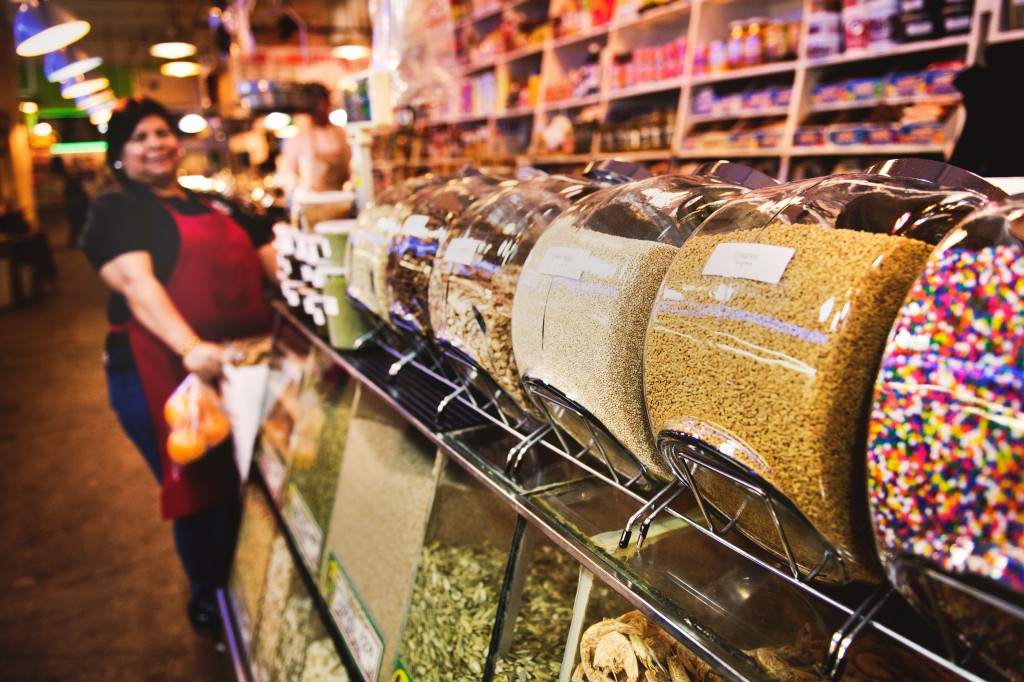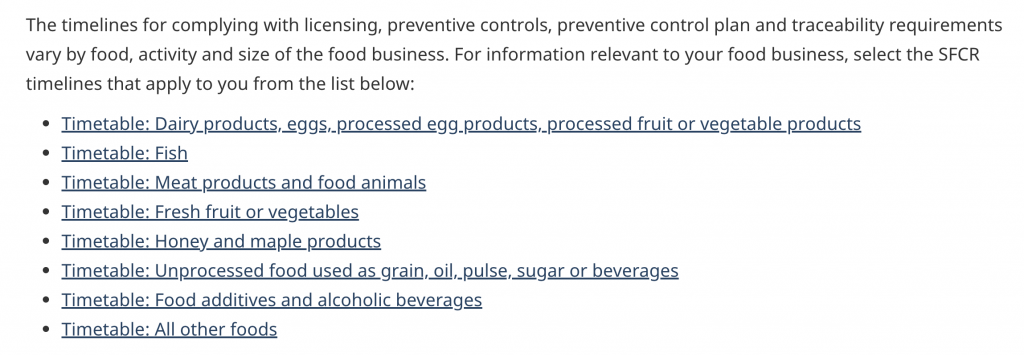There are quite literally thousands of food products and beverages that enter into Canada — every single day. And the industry is growing, with almost double the amount of products being imported almost doubling between 2006 and 2016.
From that, we know that there are plenty of business opportunities for first-time importers and seasoned pros alike. The industry is tricky for a few reasons (that we’ll get into), but one of the things to note is the number of government agencies involved in food importing regulations. Like the Canada Food Inspection Agency (CFIA) and Canada Border Services Agency (CBSA). Don’t be fooled by the title — even if you’ve been doing this for a while, mistakes can creep up!
As usual, we’d be remiss not to warn you about the dangers of making mistakes in the world of importing. Not following regulations, neglecting requirements, and incorrect documentation are all examples of things that might flag you to CBSA. In the event that CBSA does find something off about your import, you may be subject to costly delays, fines, and sometimes seizures. It almost goes without saying that these things can negatively impact your business — especially if you’re new to importing and your accounting is volatile.
That being said, enough doom and gloom! Importing food products can be an incredibly profitable and rewarding endeavor if done correctly. The good news is that “doing it correctly” can be made relatively simple if you stay informed and partner with the right broker.
Below, we’re going to go through some of the risky mistakes that food importers make. Keep on reading to stay informed!
1- Forgoing proper baseline documentation (licensing, preventative controls, and traceability)
In January 2019, the CFIA updated the Safe Food for Canadians Regulation (SFCR) to compound and simplify licensing, preventative measures, and proof of traceability. Before you can obtain a license to import food into Canada, you will need to comply with what’s required as stipulated by the SFCR. What are these 3 elements? Along with a license, you will need to prove that you have a documented preventative control plan and that you will keep traceability records for your imports.
What is required of you as a food importer will vary depending on the food item you are importing. See screenshot with link:
2- Incorrect packaging and labelling on the food goods
Essentially, as an importer, you are responsible for making sure that your food items are manufactured, stored, packaged, and labelled in the Country of Origin under conditions and regulations that ensure the same level of safety/protection as laid out in the SFCR.
In the situation where you are importing food from a manufacturer that doesn’t necessarily take the same care in preparing, labelling, packaging, the food goods may be deemed unsafe to enter into Canada. It’s crucial that you understand your full supply chain before you commit to a partnership with a manufacturer.
“Unity is strength. When there is teamwork and collaboration, wonderful things can be achieved.”
Mattie Stepanek
3- Not working with a broker as early in the process as you can
As mentioned above, there is a hefty framework of regulations and requirements that you must comply with in order to be a successful food importer. What makes it even more complex? The amount of government agencies involved in the regulatory/approvals process.
Customs brokers are fully equipped to help importers of all kinds navigate these conditions. We’re experts in the food importation space, and can help your business save time and money by complying with regulations!
Check out our Comprehensive Guide to Importing Food.
It’s no secret and probably comes as no surprise to you: food importation into Canada can be a rocky process if not done correctly.
The good news is that partnering with the right manufacturers and brokers will help your business run smoothly — so you can focus on other things (like business development!). If you’d like to see what a partnership with a broker could look like, drop us a line here.

 Payment
Payment  My Account
My Account

